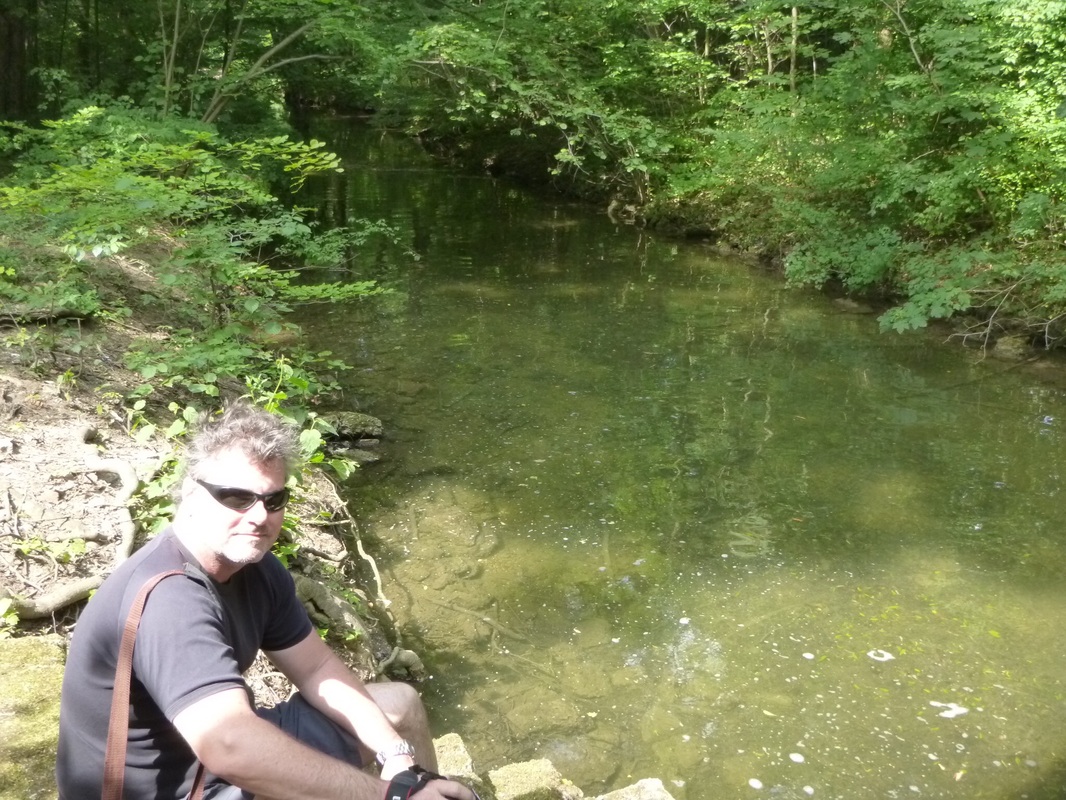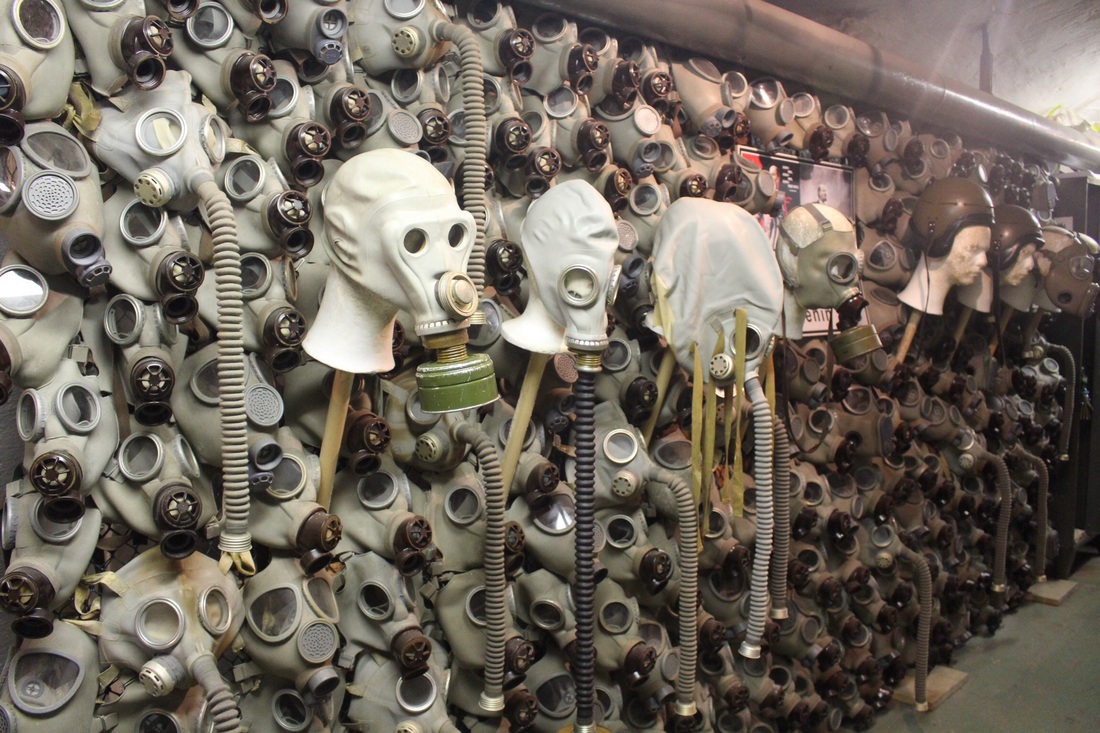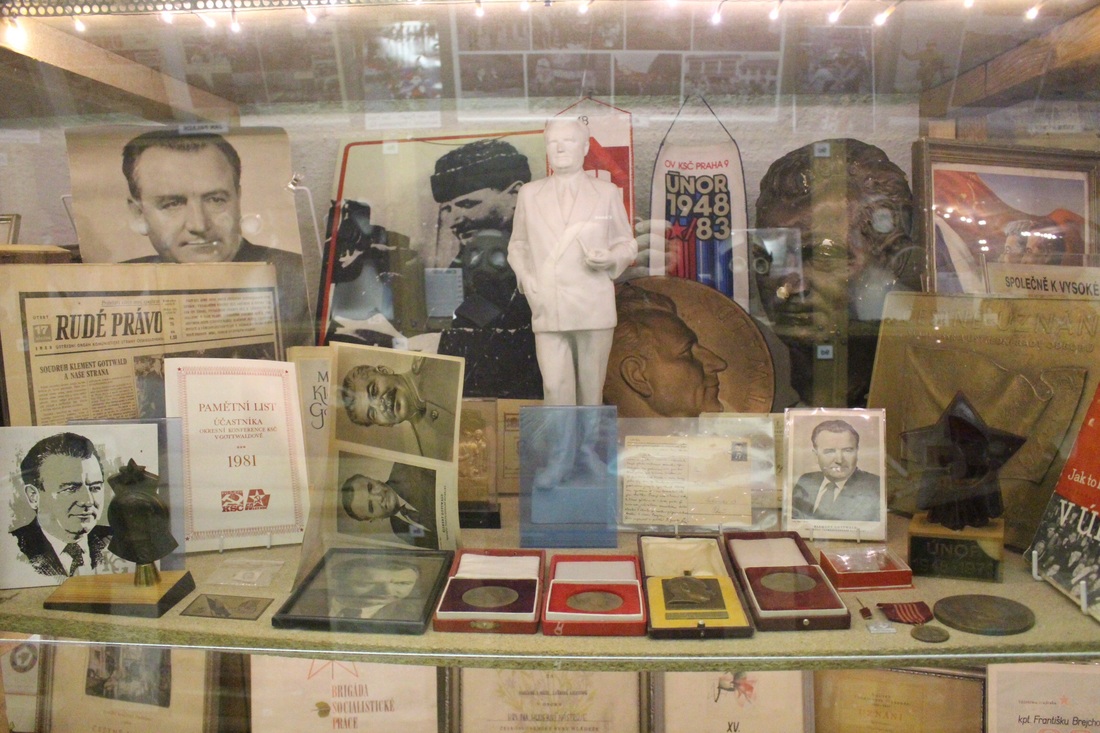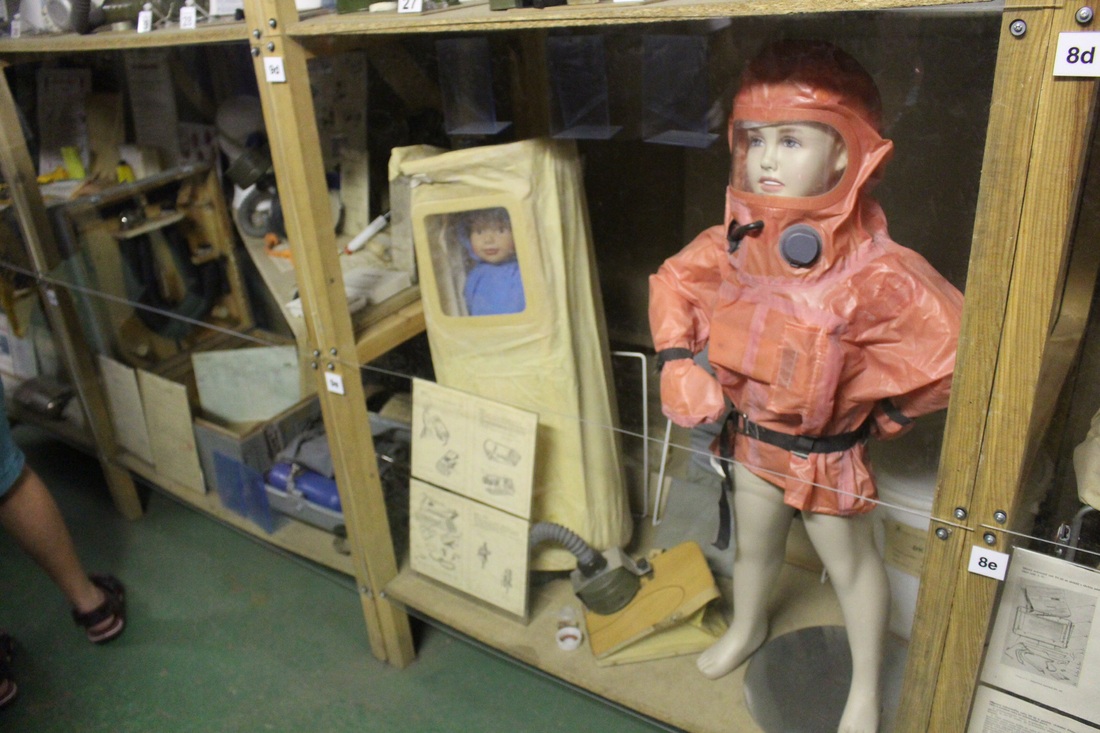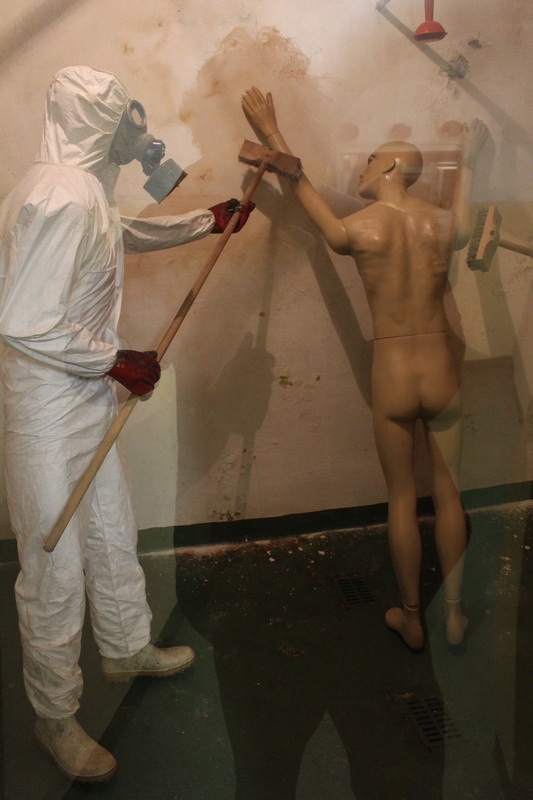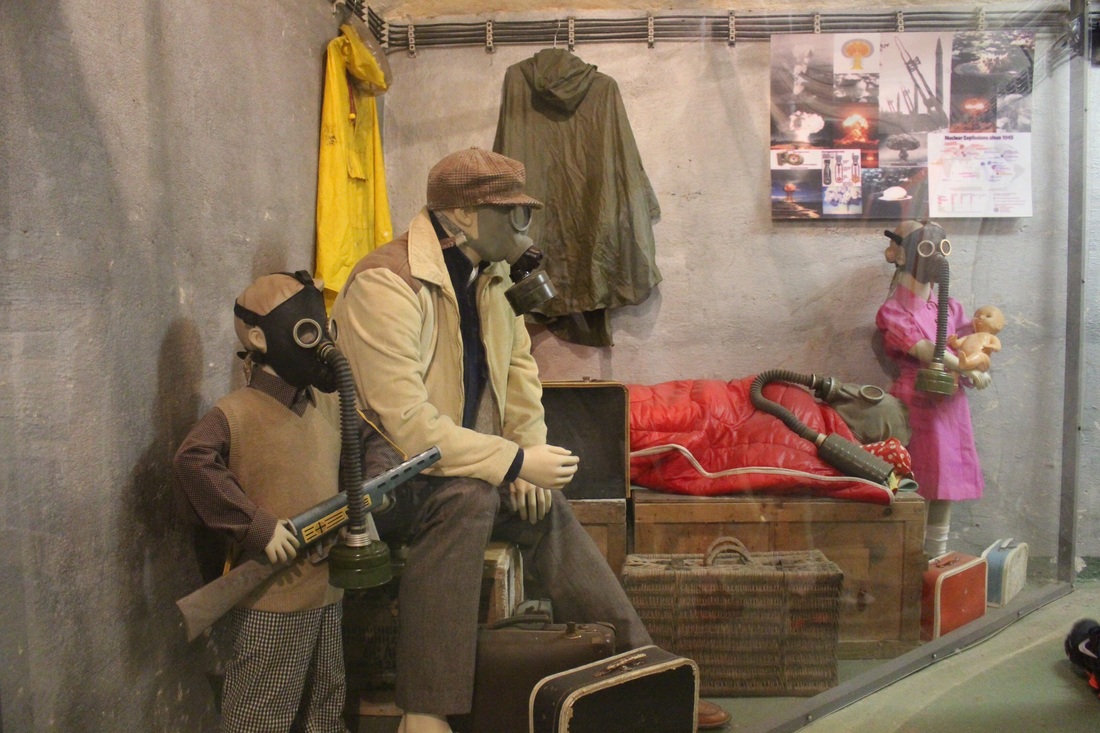|
Cold War history is predicated upon the difference between East and West. To that end the history focuses on Moscow and Washington. Rarely do historians focus upon the satellite countries of the Eastern Bloc and to a lesser extent the Western bloc. Czechoslovakia, now known as the Czech Republic, offers an interesting insight into the Cold War. In 1968, the Prague Spring occurred where the leaders of Czechoslovakia desired to have a say in the manner in which communism was to govern their country. Leonid Brezhnev the Premiere of the USSR brutally crushed the Prague Spring by invading the country with 500,000 troops and 4,500 tanks to crush any questioning of the manner in which Eastern Bloc countries were governed. This was referred to as the Brezhnev Doctrine by which the USSr was able to intervene in Eastern Bloc countries without ramifications from the USA and NATO.
Train stations and tunnels in Prague double as nuclear shelters. The stations and tunnels can be closed off with the use of lead doors to protect the population. The cavities for these blast doors are clearly visible to the trained eye at the base of the escalators at the entrance to each platform. Near the Flora railway station is a large bunker which now houses the Nuclear Bunker Museum. The entrance to the bunker resembles a graffitied, walled basketball court. To the general public it is not immediately obvious or accessible. To gain access the bunker needs to be unlocked by a tour guide. The shelter was designed to protect approx 2,500 people. The blast door to the shelter is nearly 1 metre thick and leads to a double helix staircase - one side for entry and one side for exiting. The staircases go down 16 metres to the bunker proper.
Related article:
Soviet ghosts: An empire in decay
0 Comments
Your comment will be posted after it is approved.
Leave a Reply. |
Categories
All
Archives
May 2024
|
